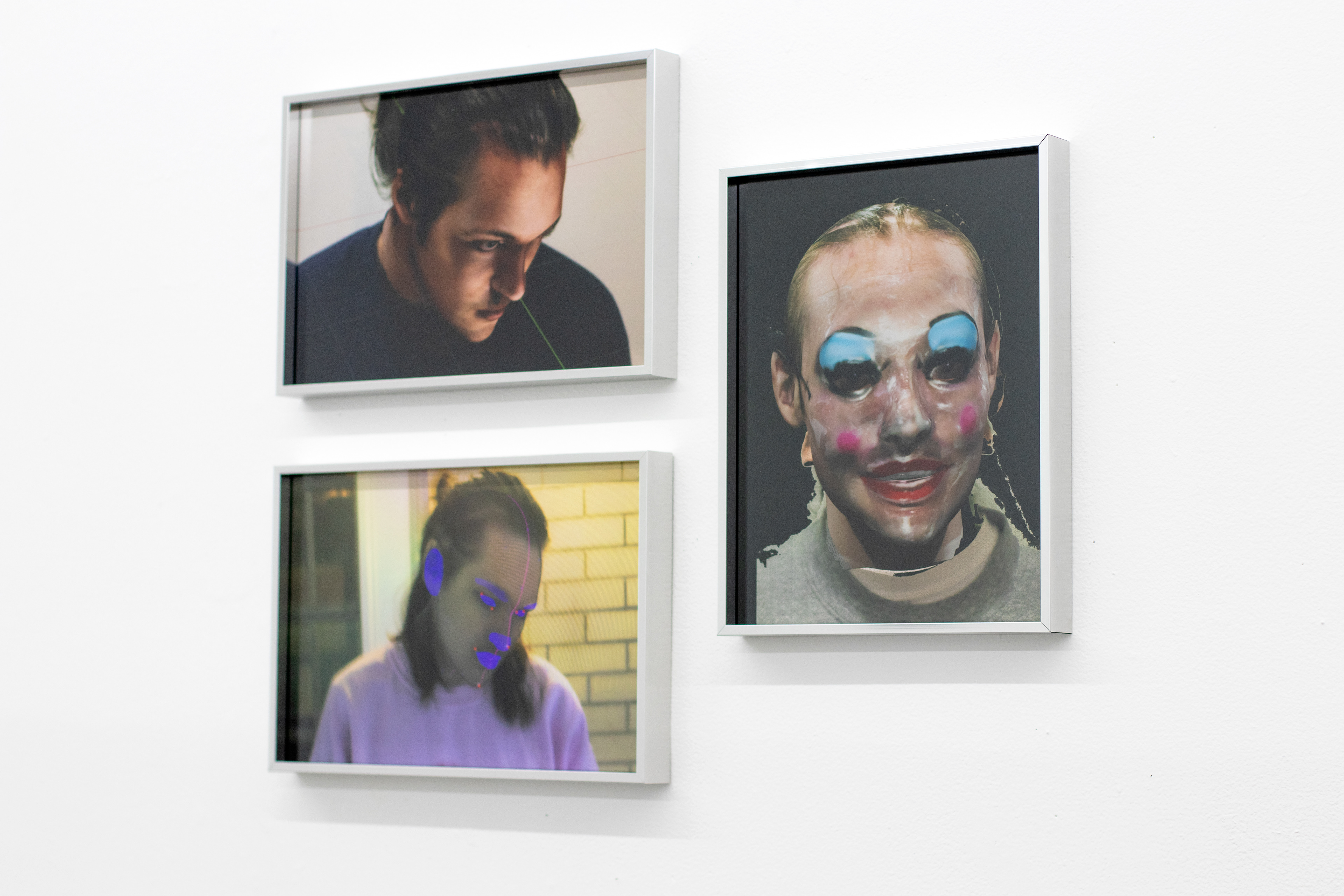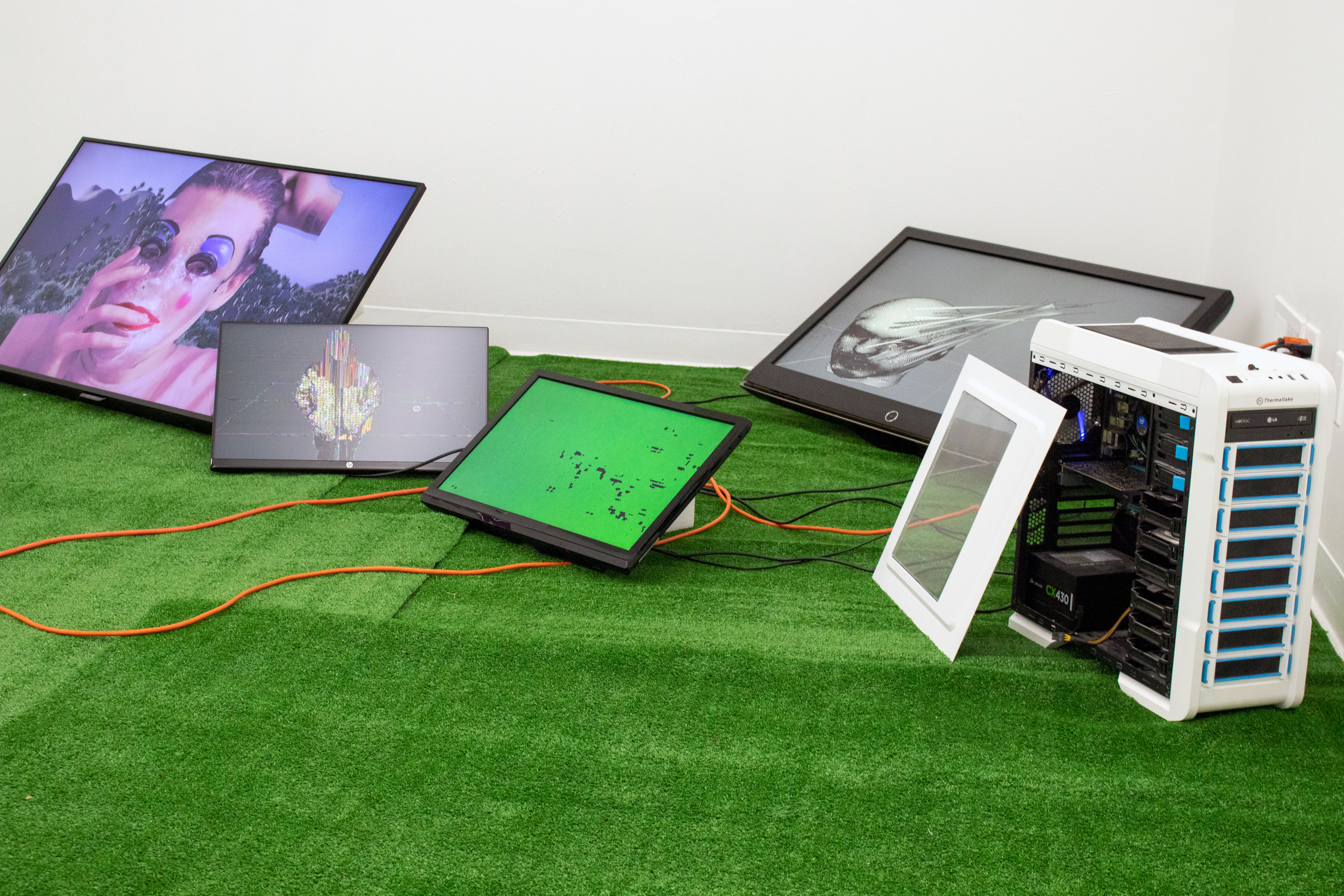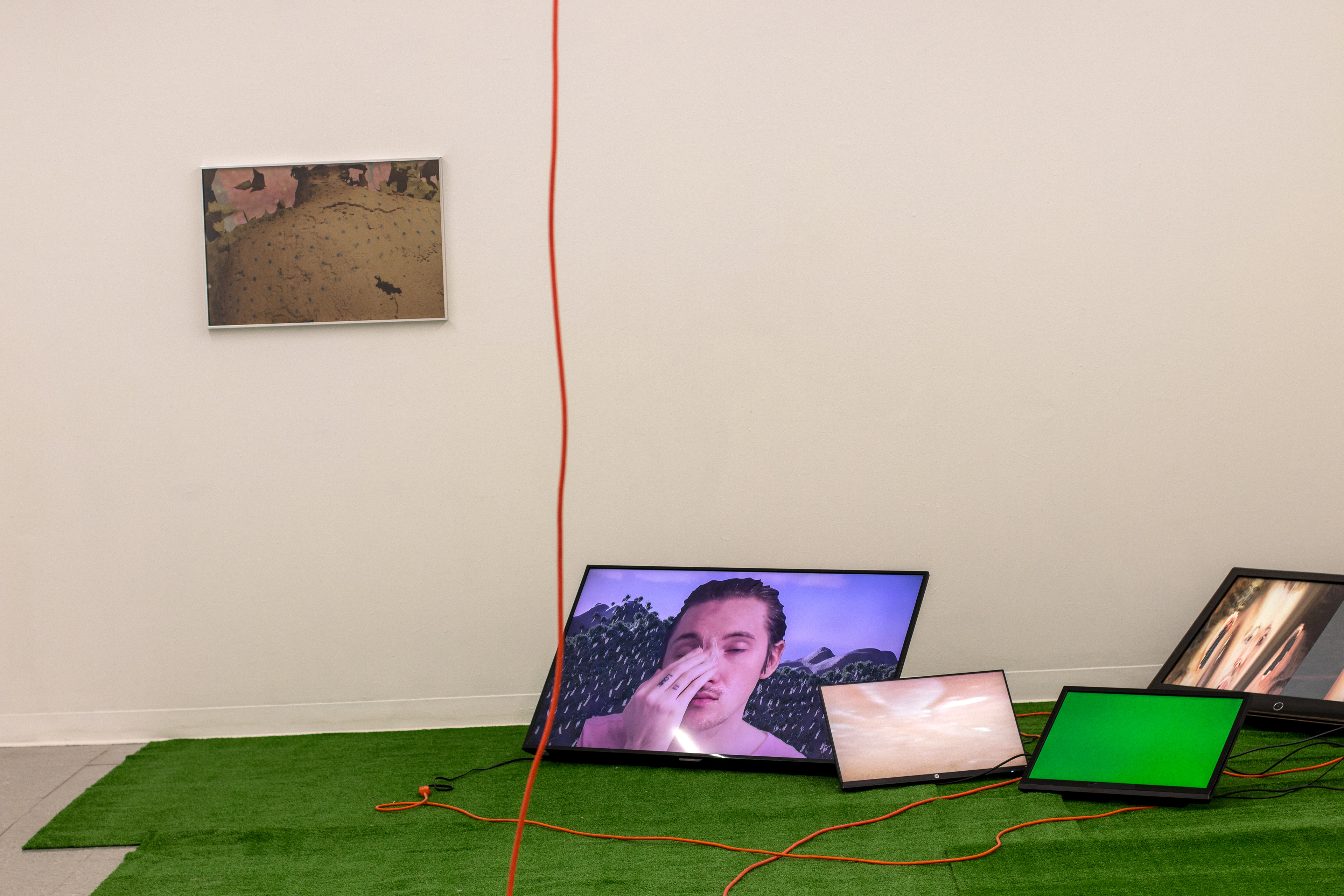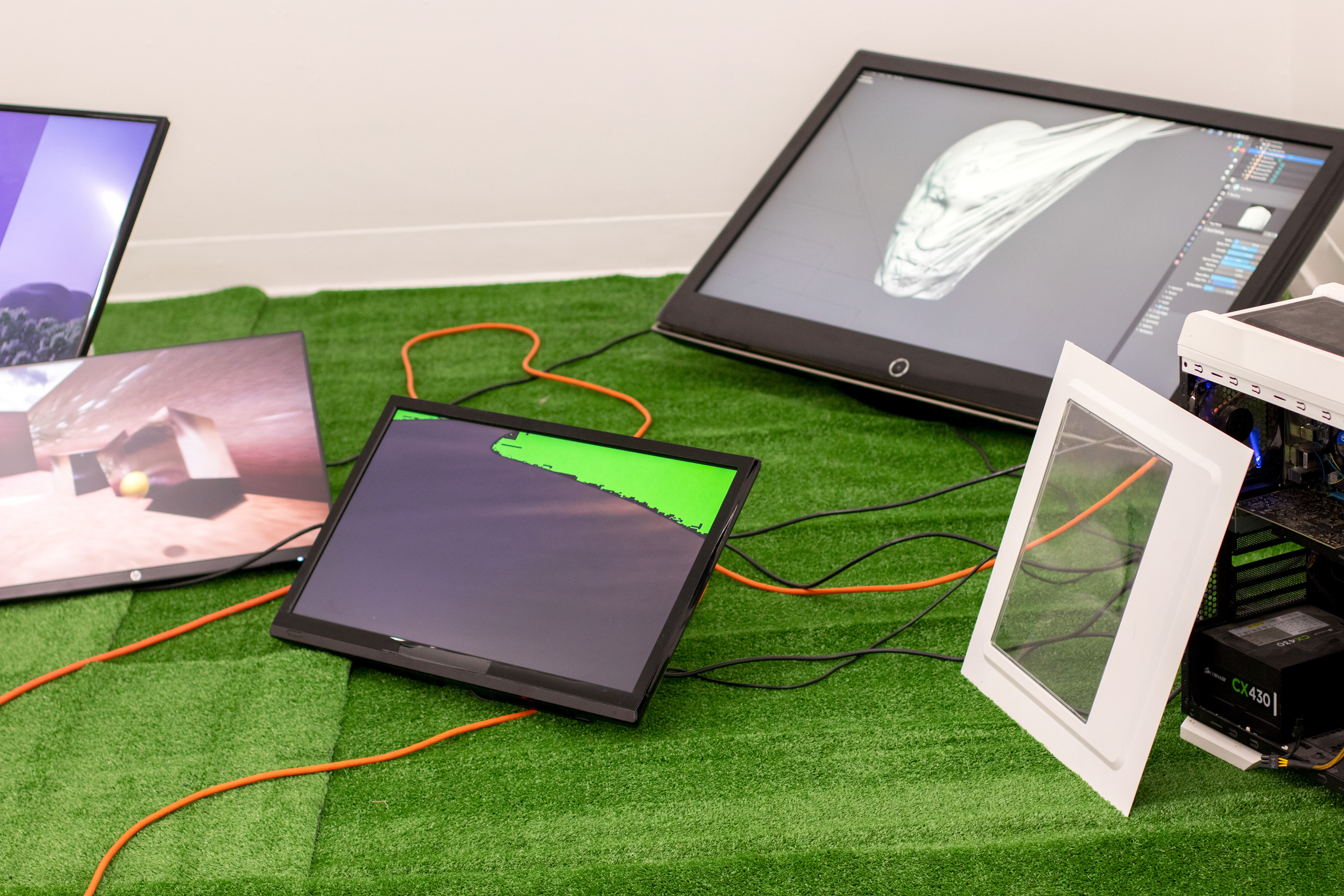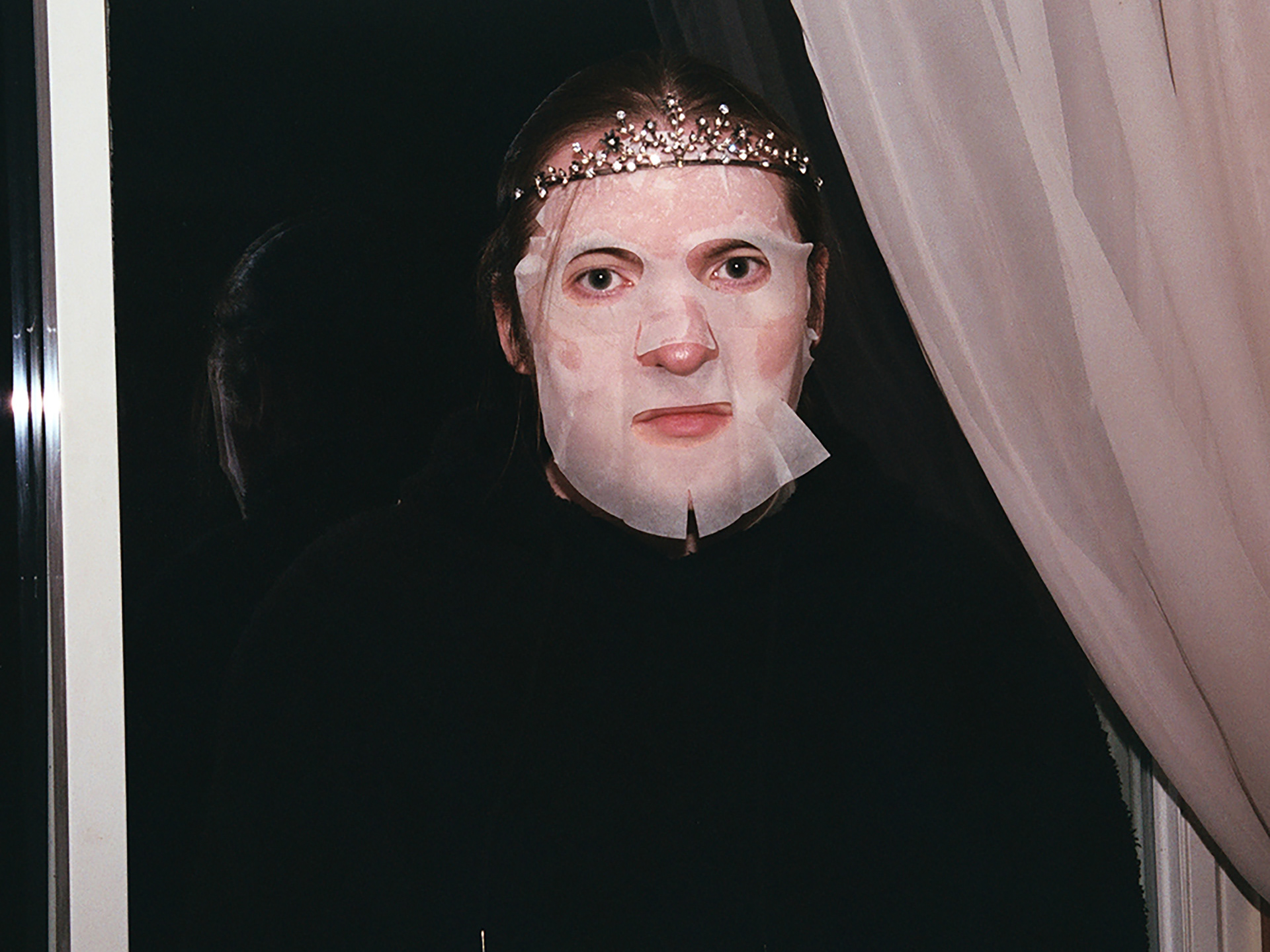Skeleton Code is a body of work containing image, video, and audio that make use of 3D modeling technology. The work explores a relationship between identity and technology in a manner that asks questions of the personas we put on in an online space. Virtuality is ultimately an extension of reality, and a connection is made between ideas of cyborgism and the modern human that uses the world wide web. Since LGBT+ individuals live in a world that is structured against them, online spaces offer an avenue for self expression in a realm where they are more safe. Skeleton Code explores the ways in which identity intersects with technology, primarily concerning gender and sexuality.
Images such as Computer Generated Head (Red) show the finished product of a construction of the physical form through digital means. The shape the head takes on, as well as how the texture of the face is mapped onto the object, show an identity can change in the conversion from 2D images to 3D object. This manipulation of the form is achieved through purposefully misaligning the mapping grid from what would be the correct facial mapping. The program is thus fed the wrong information to build an accurate structure, making a changed form. This process puts the change in the hands of the creator that is guiding the shift into virtuality, as technology does the best it can with what is provided, unknowingly returning something changed. Technology in this instance acts as an impartial tool that begins as a blankness, with the user giving it information of themselves.
The title that encompasses this body of work, Skeleton Code, plays upon the idea of beginning with a blank template.
Computer programmers use the terms skeleton or dummy code for a template of code that is meant to be changed. Skeleton code provides a way to test code in order to simulate for real application and avoid errors. The title for Skeleton Code takes its name from this form of programming language due to how the work within the project takes the same idea of starting from a blank template, and using that to explore and experiment before a full shift to a finished version. Skeleton Code uses the term metaphorically in comparison to human identity, while still staying in the realm of technology. People are able to use technology, like social media, to experiment with their identity in a space separated from reality by a cloud of code. Smaller facets of who someone is can be quickly changed out like changing a line of code. Instead of rewriting literal DNA like how previously mentioned biohackers would, an individual online could very simply swap the pronouns in their Twitter bio to test being called something new, essentially changing a line of code. In this way the online human is one that is helped by technology in exploring identity.
The changing of code is used to create much of the work within Skeleton Code. All digital files are made up of code, including pictures, video, or sound. When this code is accessed it can be edited, also changing the original file. In terms of photography, when a digital photographer's code is opened in an editing program and lines of the code are then deleted, data is lost in the photograph the code makes up. The result depends on what is changed in the code, but typically the image will become warped. These manipulated versions of images are reworked into the photos and videos of Skeleton Code, resulting in a form of unclean static that permeates much of the work. The same can be said for the audio element in Skeleton Code, with that background music for the video work being instrumentals created by human engineering that are then opened as code, changed, and re-exported as new sound. The result is a constant buzzing- a mechanical onslaught of noise.
Legacy Russell says in her book Glitch Feminism, “Glitch is something that extends beyond the most literal technological mechanics: it helps us to celebrate failure as a generative force, a new way to take on the world.” Russell discusses how feminism can abstract gender binaries into something no longer stationary. Technological manipulation that results in glitched noise causes us to acknowledge the ugly side of exploring oneself, while also going against what is defined as the correct mode of operation. Russell also states, “Through the application of the glitch, we ghost on the gendered body, and accelerate towards its end. The infinite possibilities presented as a consequence of this allows for our exploration: we can dis-identify and by dis-identifying, we can make up our own rules in wrestling with the problem of the body.” By questioning gender signifiers in the work of Skeleton Code by way of the glitch, manipulation by technological design, there is a semiotic breakdown of gendered identity.

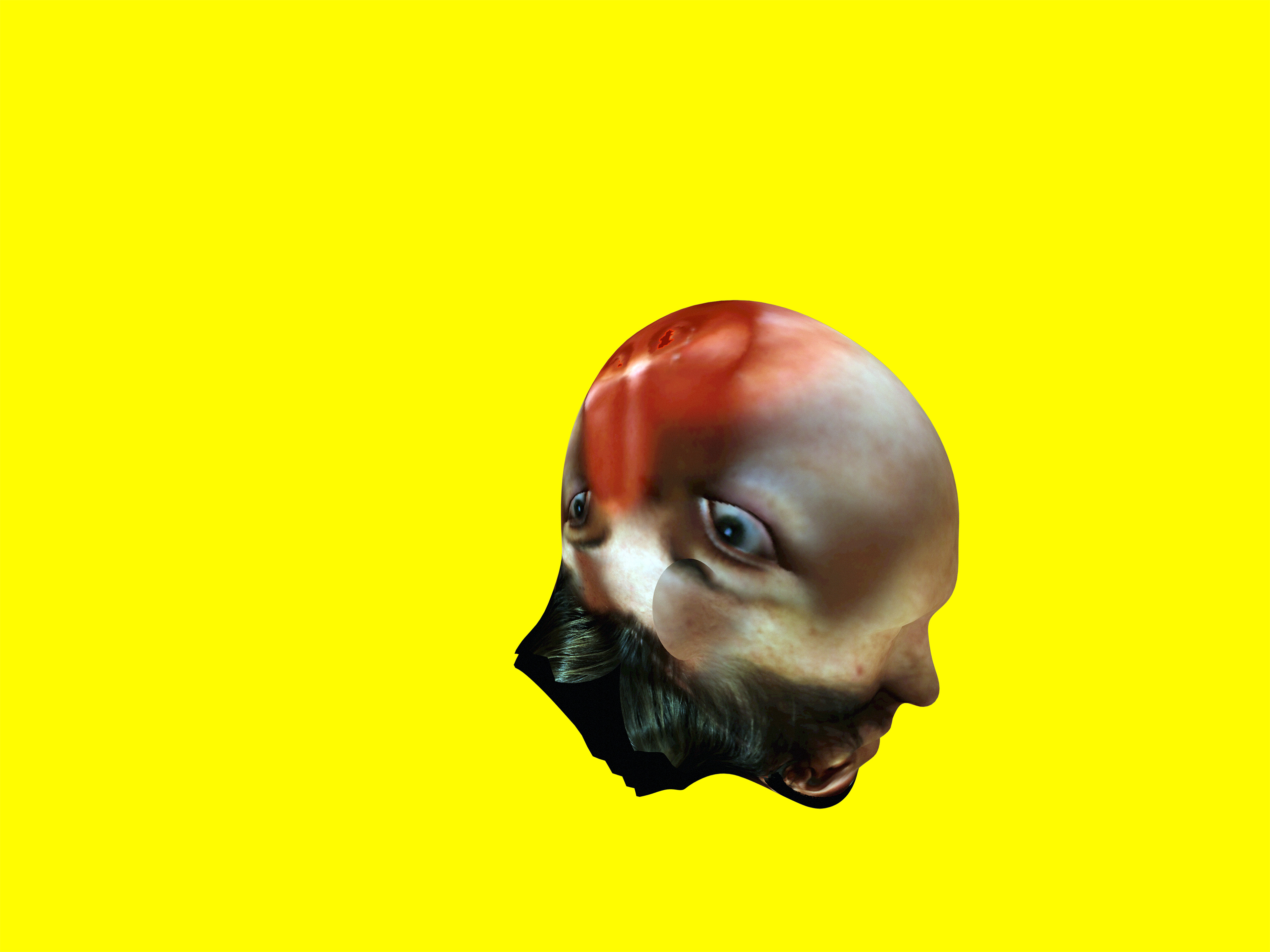
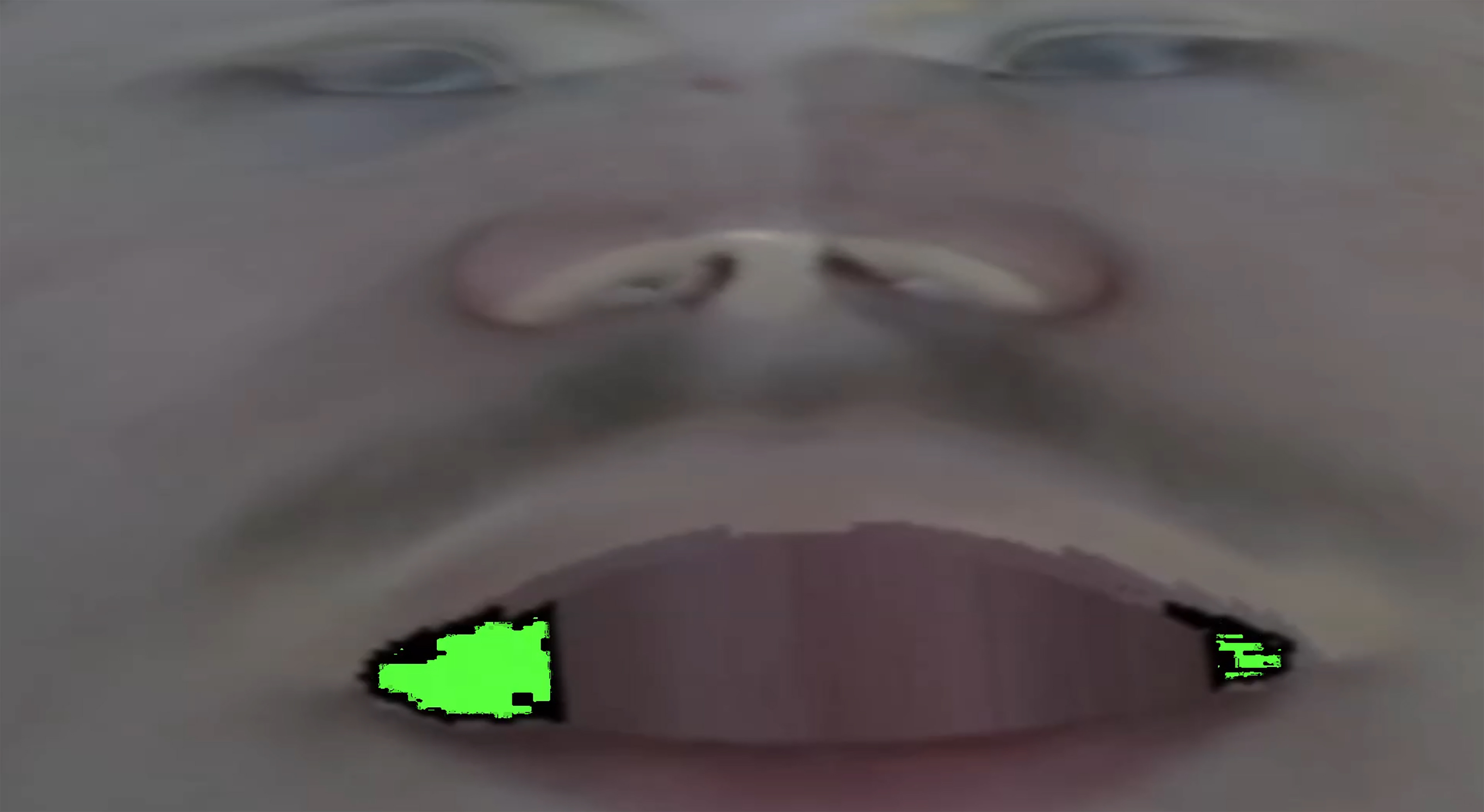
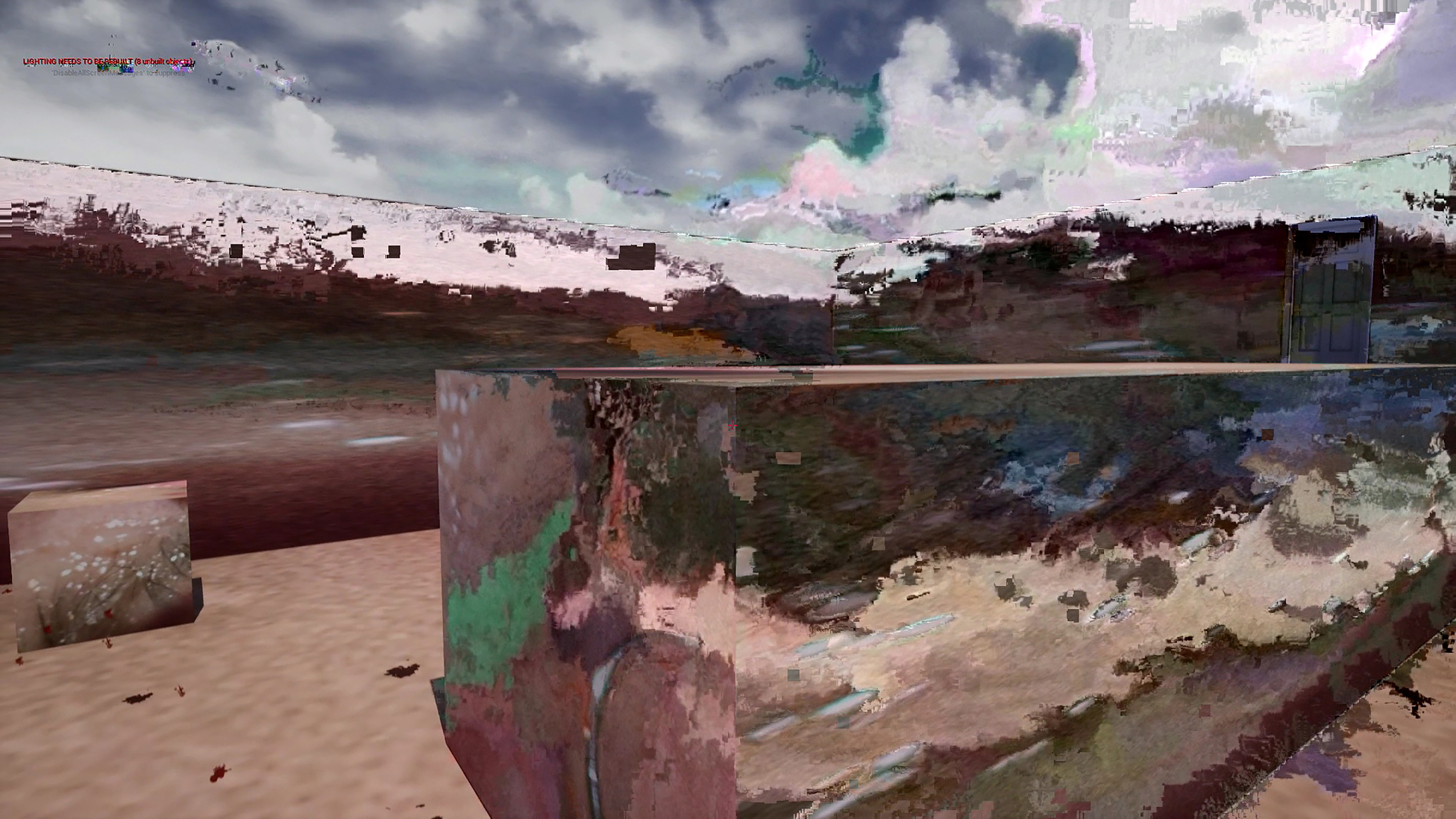
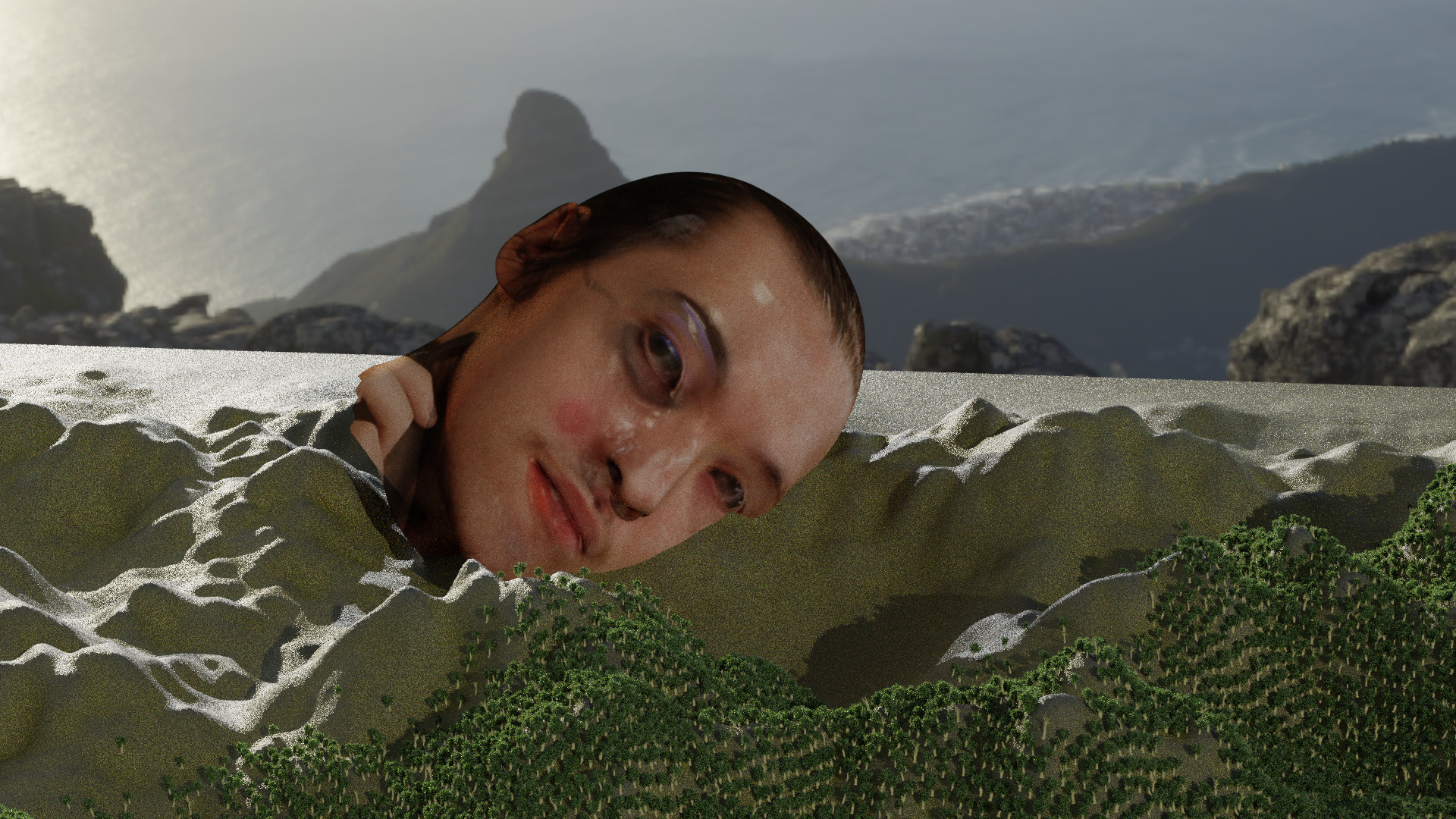
The digital self is already seen in an online world- users of our cyberspace can form an anonymous identity, both as a disconnection and extension of their offline form. An individual may feel safer to share certain aspects of themselves over social media due to this anonymity, or even due to the fact of a real life displacement of social interaction. The internet is a barrier between humans, the barrier being a digital wire of code, yet it still allows people to be connected virtually through its disassociation. It offers a space in which we can escape our physical lives and assume a fabricated role we create. In Virtuality and Its Discontents, Sherry Turkle explores how community operates in the cyberworld. Turkle comes to the conclusion that the information we receive from the virtual builds a new reality adjacent to the real one, a reality that we construct ourselves.
Since the virtual world is one in which is made through human design we can cultivate its qualities, but we will still ultimately rely on the authentic. This is all not to say that cyberspace and online persona’s are not beneficial, as for the same reasons it is not authentic it also offers transformative qualities. The individual can use the online space to influence the offline world, and self-reflect and experiment with identity, with Turkle concluding with, “Like the anthropologist returning home from a foreign culture, the voyager in virtuality can return to the real world better able to understand what about it is arbitrary and can be changed.” Virtuality is a vehicle in which we can shift ourselves into something changed, essentially using it as a way to manipulate our minds.
The anonymity that the internet brings can be used for cyberbullying, and can be a space where hate groups form and organize. It is an area where you can present yourself however you want, and align yourself with others that share hateful views. Since no one knows who these people are in real life there are no reparations for the damages they inflict. Unless these people’s identities are discovered they can go on living their normal in-person lives, ingraining their hate into the world in other subtler, more undercover ways. The internet allows avenues for the oppressed to fight back in hacking, such as DDoS (Distributed Denial of Service) attacks that overwhelm the oppressors internet servers and prevent them from going online, but these methods are also used by said oppressors to target differing ideologies. To make matters worse, companies make little effort to remove these types of people from their platforms. In a 2019 article written by Joseph Cox and Jason Koebler a Twitter employee is quoted as saying an algorithm designed to target white nationalists would disproportionately impact Republicans. Twitter workers researching this algorithmic solution discovered content from politicians would get routinely affected, and it was argued that removing accounts from Republican's politicians or their supporters would not be accepted by society. This issue paints a greater picture on how prevalent white supremacists are in our society, and the level of position that these people can hold.
The internet and the anonymity that comes with it is also host to something more positive, though, in giving a space for users to explore identities. Similar to how hate groups form over a shared interest, social media opens an avenue for many BIPOC, LGBT, and neurodivergent people to meet and discuss their personal experiences. As Sherry Turkle says in Virtuality and Its Discontents, the virtual space allows a certain anonymous participation that lets a person explore something like gender identity without the risk that comes from the real world. That experimentation of identity online also has its effect on the person's real world life, “[...] the voyager in virtuality can return to the real world better able to understand what about it is arbitrary and can be changed.”
Using different pronouns or being referred to as a different name from an account on social media can let a trans person better understand themselves and present that way in both virtual and physical spaces. In a study done on the internet’s role of sexual identity in adolescence, 63 gay and bisexual males between the ages of 15 and 23 were interviewed anonymously. The research concluded that there were six ways in which the internet helped, “1) increasing self awareness of sexual orientation identity; 2) learning about gay/bisexual community life; 3) communicating with other gay/bisexual people; 4) meeting other gay/bisexual people; 5) finding comfort and acceptance with sexual orientation; and 6) facilitating the coming out process.” and that virtuality could be a method for healthy development of sexual identity as long as certain precautions with cyber safety are taken (Harper, 2016). Presenting however you want on the internet helps with self-expressing who someone really is, and allows for them to act more natural in many ways. Another study looking at people with Aspergers and high functioning autism revealed that neurotypical individuals that may have difficulty communicating and interacting in-person were able to do so much more freely in online communities where the communicator has a greater sense of control over the situation (Benford, 2009). These examples show how individuals within communities can function and explore themselves in ways they cannot do offline.
The images in Skeleton Code that are made in Meshroom act as the final culmination of how technology changes identity.
There is an ambiguity in what is the fault of the human and what is the fault of the machine, with the end product being a form that is manipulated into a new noisy landscape of restructured flesh; reformed after a lifetime of exploring the inner workings of identity, worn down by the pain inflicted on oneself, and finding a new transcendence through technological means.
In Masked Face the human form is once again reconstructed. This image shares a motif within Skeleton Code that is also represented in the video work Computer Generated Landscape where imagery of a mask is present. For the online individual a mask is constructed that goes over their physical face in the real world. For many LGBT+ individuals they are made to feel their identity is wrong, and it is an error over the real identity- a mask that needs to be taken off. The mentality that the mask is the fake persona is represented by an eeriness to the masks design. However, this mask is combined with the real face, digitally transposed over that real identity into one congealed head. Computer Generated Landscape ends with the massive form of the head combining with the landscape that acted as a backdrop to the performance throughout the video. The literal human body struggles with an outward appearance of beauty standards over the course of the film, culminating in the entity finding a bold stillness when the entire identity is combined and meshed with the technological landscape. Masked Face also uses a 3D construction of the masked head within the video, albeit less mixed with the mask-less face. Instead of combining with the digital landscape, this masked head is reunited with an image of the body by re-stiching the image of the 3D head back together with a 2D image that was used to create the object. The result is the masked 3D head protruding from the 2D torso that is one flat image- a new, more fully formed version of oneself that protrudes from the image that is a capture of reality.
Technology can provide an outlet to extend our reach as humans. Through the digital world we can be anything we want and do everything by virtual means. While the future provides limitless opportunities through technological manipulation, this is an ideology based in a future without capitalist intervention. Though we may have the ability to achieve full freedom of our body and mind, there still remain barriers. From aiding in disability, to a unified intersectional societal experience, the transhumanist future builds upon the work-in-progress state of what it means to be human.
The transhumanist is someone that acknowledges the way in which technology affects our lives, and will continue to into the future. Transhumanism is a philosophy about using and developing technology to enhance our lives. Transhumanists also acknowledge the risks in technology, and advocate for the research of science in order to avoid these risks, as scientific development is something we cannot avoid then we must adapt to avoid danger. Risks in this realm can range from subtle changes overtime, to drastic scenarios that can be catastrophic to life as we know it. Humanity+ describes this in their Transhumanist Declaration, “Although all progress is change, not all change is progress.” Transhumanists fundamentally ask for change, both in society and in the human condition. Humanity+ goes on to say that transhumanists must exercise their moral obligation to both everyone currently on the globe, including humans and animals alike, as well as future generations. Since transhumanism is concerned with improving life with technology and science, preserving life through that evolution must be the main goal. Transhumanists work to enact policy on a political scale, and believe any person should be allowed the benefits of, “[...] human modification and enhancement technologies.”
The photographic, video, and audio work within the Skeleton Code project examines humanity's relationship with technology. In modern society technology has increasingly become a needed part of many aspects of our lives. Technology has become an extension of ourselves, a symbiotic relationship of change. Through social media, a technological construct, many people have been able to thrive in their own ways. An online space that can be catered to your unique identity is able to be created, and within that space one can explore themselves through anonymity. The internet has also led to globalization, and in combination with a mode of expressionism allows for many artists voices that would typically go unheard to begin to fester into a community of shared experience. By taking digital photographic images a copy of real life is created similar to the personas we create for ourselves online. Photographs can then be changed by editing programs, or even used to create 3D recreations of the objects within an image. The digital photograph is malleable like the online identity, making both realms ideal for experimentation. The artwork included in Skeleton Code takes a look at how we can use technology in combination with human identity, and how that form becomes shifted within a transhumanist ideology.
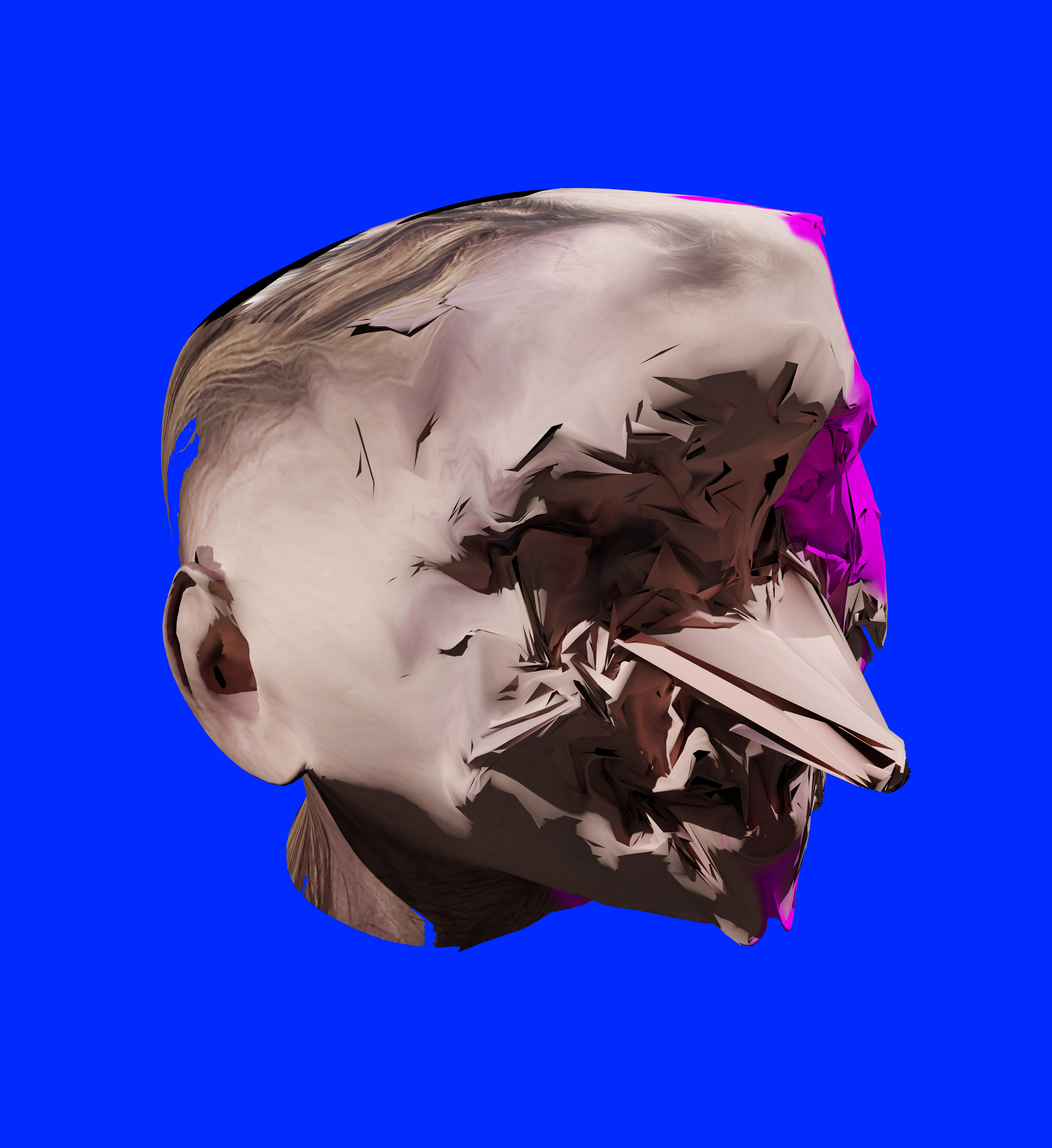
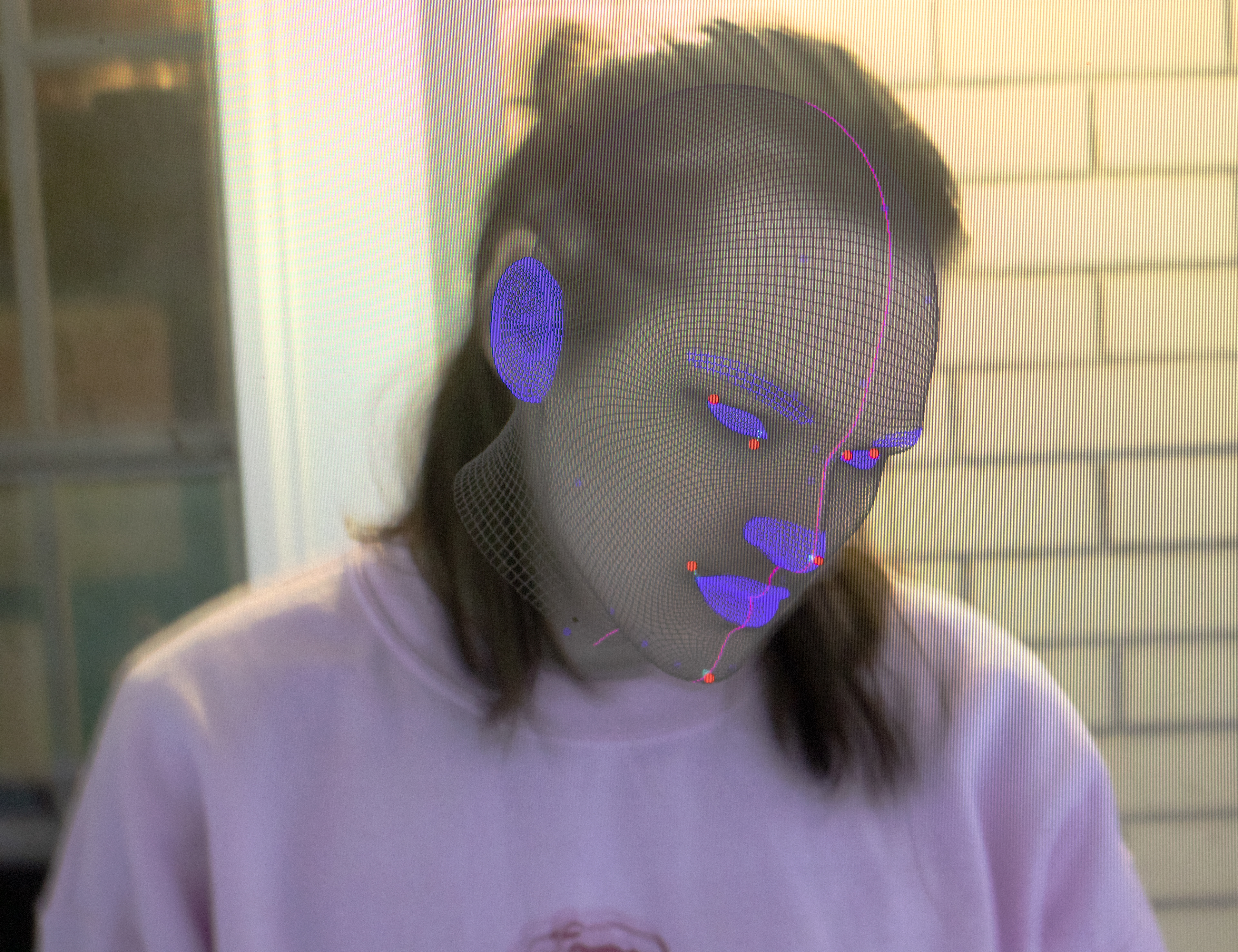
Digital manipulation allows for the entrance of new possibilities in how something is perceived, and can be an unknown factor is representation.
In this project, the human being, both physical and the identity, is examined under the influence of technology and science. Like how a cyborg uses cybernetics and forms of physical technology to change and augment themselves in various ways, the conversion of a real body to a digital rendering forms the body into something influenced by technology. This process is also emblematic of how we occupy online spaces, specifically trans and queer bodies that carve out a space in the virtual world where they feel safe to express themselves before they do so in the real world where more harm can come of it.
Even despite the personal growth that can come, technology, science, and cyberspace also have the power to be harmful to humanity through aspects like eugenics and online harassment. When these tools that are made to better ourselves are taken by individuals and corporations that are only looking out for their own gain they can be shifted into being an evil mechanism.
Those that seek to use technology to further their identity must find themselves through the static of oppression and make their own noise.
